2010 Maureen Keller Student Awards
Jillian Johnson. Best oral presentation.

Jillian G. Johnson (NOAA, South Carolina, USA) was awarded the Maureen Keller Best Student Oral Presentation for her talk on "Global Analysis of Growth Phase - Associated Transcriptomes in the Toxic Dinoflagellate, Karenia brevis". This work was conducted together with Jeanine Morey, Marion Beal, James Ryan, and her advisor Fran Van Dolah in the Marine Biotoxins Program at NOAA's National Ocean Service, Center for Coastal Environmental Health and Biomolecular Research Laboratory as part of her PhD dissertation at the Medical University of South Carolina (MUSC) in the Marine Biomedicine and Environmental Studies Program. Jillian's research focuses on the molecular mechanisms that regulate chronological aging and programmed cell death in the Florida Red Tide dinoflagellate, K. brevis. She is also a NOAA Oceans and Human Health Pre-Doctoral Fellow which has given her the opportunity to develop a Summer Undergraduate Research Program for Minority Students in Oceans and Human Health at MUSC. Jillian intends to continue pursuing her passion for teaching while conducting molecular research aimed to gain a better understanding of the interface between environmental and human health.
Lasse Nielsen. Second Best oral

Lasse Tor Nielsen (University of Copenhagen, Denmark) received the Maureen Keller Honorable Mention for Students Oral Presentation for his talk on “Coastal plankton communities appear resilient to year 2100 CO2 and pH changes: Evidence from microcosm studies”. Co-authors were Hans Henrik Jakobsen, Gustaaf Hallegraeff, Simon W. Wright and Per Juel Hansen. Lasse holds a Master’s degree in science from the biology department of the University of Copenhagen. The last few years were spent specializing in marine planktonic protists at the Marine Biological Laboratory in Helsinør and at the University of Tasmania in Hobart. Currently he is doing a Ph.D. (under the supervision of Per Juel Hansen) on Dinophysis toxicity and DSP toxin fate in shell fish – work that involves keeping several Dinophysis species in culture. In the future hopes are to get a postdoc somewhere in the field of aquatic sciences – perhaps again within the field of ISSHA. Lasse has two children and spends his spare time playing volleyball, fishing and traveling.
Victoria Hewlett. Best poster.

Victoria Hewlett (University of Western Ontario, Canada) received the Maureen Keller Bester Student Poster award for her contribution on “A comparison of nutrient effect on haemolytic activity produced by harmful algal bloom species” (Victoria Hewlett, Premlata Kshatriya and Charles Trick). Currently, she is about to complete her M.Sc. at The University of Western Ontario with Dr. Charles Trick. Her research includes understanding what nutrient conditions induce algal toxicity of the dinoflagellate, Heterocapsa pygmaeaand of the raphidophyte, Heterosigma akashiwo. She has a strong interest in discovering the mystery of harmful algal toxic mechanisms and is currently involved in isolating various toxic components. Outside of work, she loves travel and spend time with friends and family. In retrospect, she is thrilled to have the opportunity to attend the 14th ICHA conference and to be a part of such an amazing research community.
Heidi Hällfors. Second best poster.

Heidi Hällfors (Finnish Environment Institute, Helsinki) received the Maureen Keller 2nd Best Student Poster Award for her work titled "The Baltic Sea phytoplankton community at the beginning and end of the 20th century – a comparison of historical and modern species data", co-authored by Hermanni Backer, Juha-Markku Leppänen, Seija Hällfors and Guy Hällfors. Heidi holds a M.Sc. degree from the University of Helsinki and is currently working toward her Ph.D. degree at the Marine Research Centre of the Finnish Environment Institute in Helsinki. Her PhD thesis research, supervised by Professor Harri Kuosa, focuses on the ecology and distribution of dinoflagellates in the Baltic Sea, covering several aspects from long-term data comparisons, such as in the present poster, to vertical distribution of certain taxa. Besides working on her Ph.D. thesis, Heidi has gained working experience within the Algaline phytoplankton monitoring programme, in projects investigating phytoplankton eutrophication indicators and Baltic Sea ecosystem services, and also as a lecturer on international phytoplankton courses.

